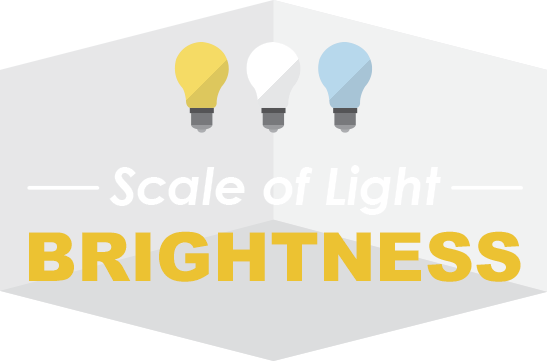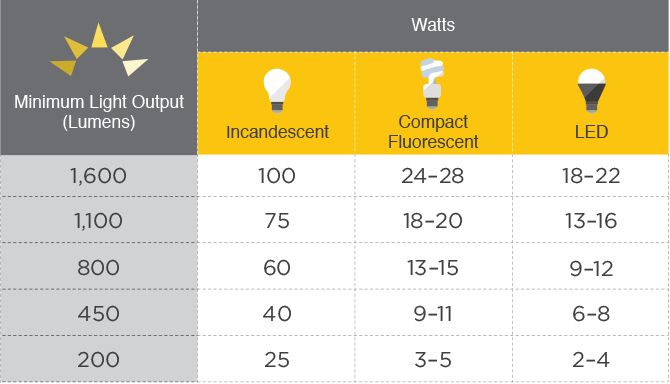


Do you have the right light bulbs for your property?
You can use light to accentuate a room or areas around your property. However, if the wrong bulb is used, the room can look dull, dark, and even dirty. Why is that?
The eye perceives light differently based on the combinations of light wavelengths. Something that looks bright green in the light of noontime may look darker or more red near sunset, or grayish-black in the twilight hours.
Take a look at the illustrated tables below:


Want to understand how Kelvin impacts light? Check out the animated image below to see how color temperature and lumens affect a room's lighting. Use your cursor to see how light affects the room's color.

**Color temperature measured in Kelvin
†Watts with the equivalent brightness in lumens

Take a look at how the bulb's brightness (lumens) compares to energy consumption (watts).



How much light (lumens) does this bulb provide?
How many volts does this light socket supply?
What is the average life of the bulb?
What is the CCT of the bulb?
How much energy (watts) is used by the bulb?
What is the CRI of the bulb?
Are you considering upgrading you lighting technology? Learn about the benefits of LED Lighting.